Research
Search our website
Search our website by entering a keyword or choose a database above to search specifically.
Search
Showing search results 3,201 - 3,210
14,713 results found
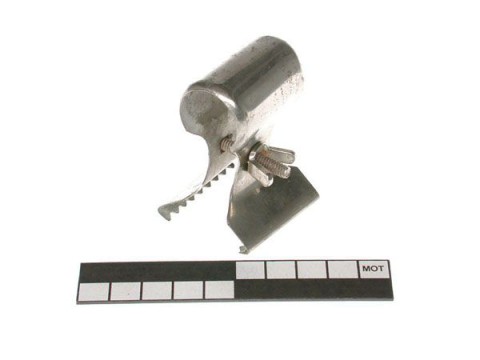
Alum stone clip
If you want to rub the skin with alum after shaving, you can clamp the alum
stone in a special clip. It has a jaw with a right-angled edge with
triangular teeth, which is adjustable by means of a screw. [MOT]
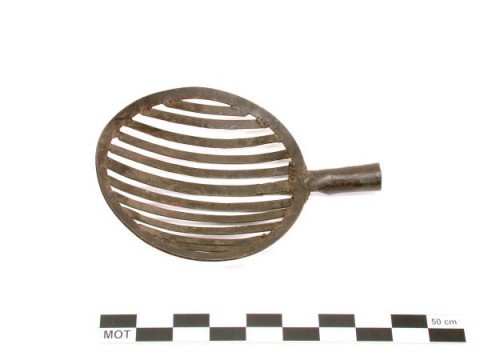
???
This text can only be consulted in Dutch
<https://www.mot.be/resource/Tool/835?lang=nl>
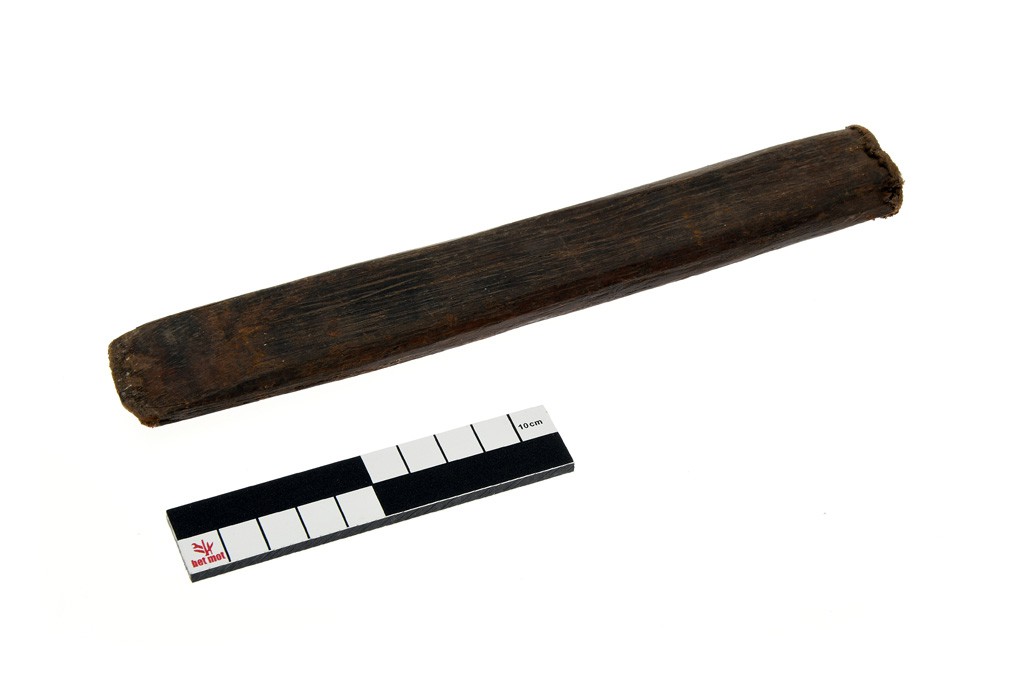
???
This text can only be consulted in Dutch
<https://www.mot.be/resource/Tool/88?lang=nl>
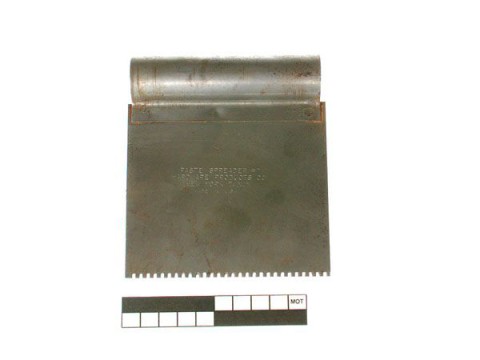
Glue comb
This manual tool consists of a sturdy, rectangular, steel blade that has
relatively short (approx. 2-3 mm) and wide (approx. 2-3 mm) rectangular
teeth at the bottom and which is set in the top a hollow metal handle in
cross section. It is used, among other things, by the tiler to spread glue.
[MOT
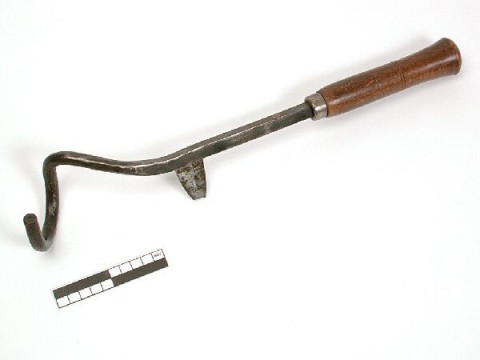
Thrush poaching tool
This poaching tool was used in some regions in Belgium and France to catch
thrushes or catbirds by cutting the bark of a tree to stretch a bow. The
catbirds are attracted with berries. The equivalent English name of this
tool is unknown. More technical information on this page in dutch. [MOT]
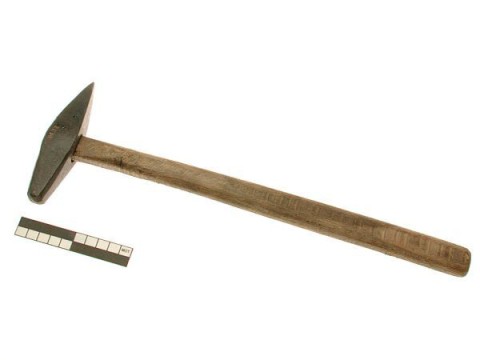
???
This text can only be consulted in Dutch
<https://www.mot.be/resource/Tool/868?lang=nl>
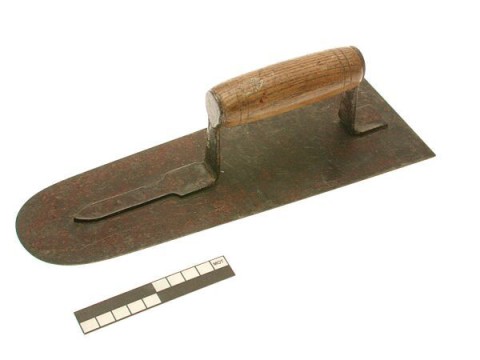
???
This text can only be consulted in Dutch
<https://www.mot.be/resource/Tool/895?lang=nl>
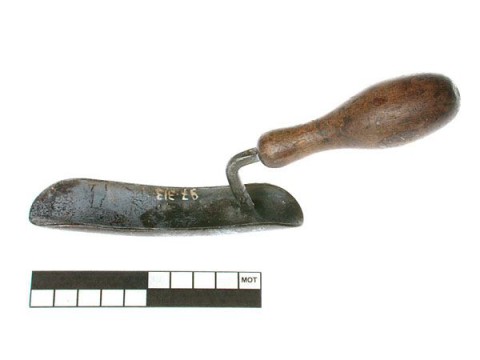
???
This text can only be consulted in Dutch
<https://www.mot.be/resource/Tool/836?lang=nl>
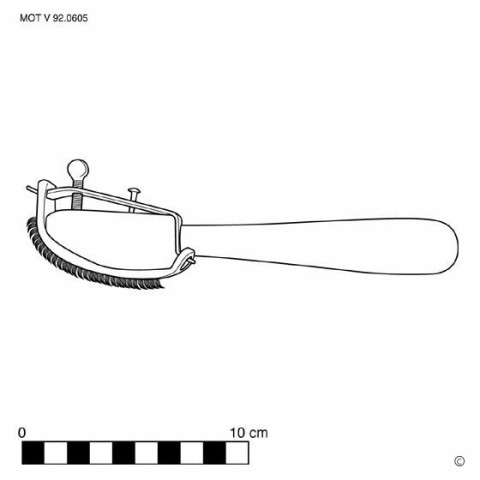
???
This text can only be consulted in Dutch
<https://www.mot.be/resource/Tool/840?lang=nl>
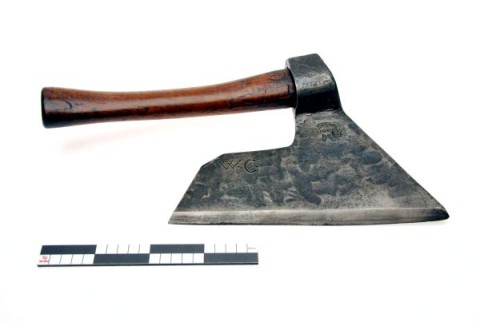
???
This text can only be consulted in Dutch
<https://www.mot.be/resource/Tool/83?lang=nl>






